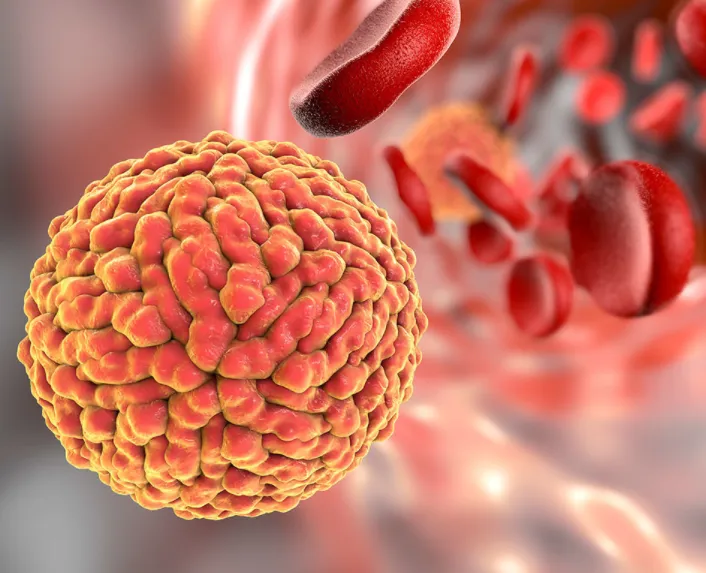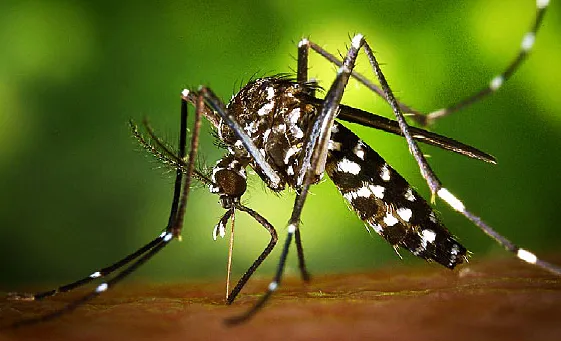Facts and Symptoms You Must Know About Zika Virus
Zika Virus is one amongst the few deadly virus spread by mosquitoes. It is spread by the Aedes mosquitoes – the same species of the carrier which spreads Dengue and Chikungunya Virus.

The trouble with these mosquitoes is that unlike other species, the Aedes mosquitoes are most active during the day. This means that the otherwise effective methods of keeping the mosquitoes away, such as nets, render ineffective for protection against these. Surviving indoor as well as outdoors, two species are known to be responsible for the spread of this virus – the Aedesaegypti, or the yellow-fever mosquito, and the Aedesalbopictus, better known as the Asian tiger mosquito.

The Zika Virus first came under the radar in 1947, when it was identified in monkeys. The first case in humans was detected in 1952, in United Republic of Tanzania and Uganda. Ever since then, the virus has been common in South-East Asia, Africa, and the Pacific Islands.

Facts:
The Zika Virus is generally indigenous to the Tropical climate areas. Since the mosquitoes that carry the virus are limited to the tropical African and Asian regions, the virus is generally absent from the other regions of the world.
The infections in the United States and other developed countries is usually associated with recent travel to the tropical regions. Therefore, proper measures need to be taken before planning a visit to these countries, even more so if there has been a recent outbreak in the area.
No treatment or vaccination currently exists for the treatment of the Zika Virus. However, several methods for swift and timely detection of the virus are available. Symptom-control is the only suggest way of tackling the Zika virus in infected people.
The key to prevent the Zika virus is keeping the mosquitoes at bay. Using insect repellent creams, wearing clothes that cover the whole body, and placing mosquito nets at night are some of the measures that can be taken to avoid getting a bite from an infected mosquito.
Symptoms:
The symptoms of the Zika Virus are not so definite and last up to a week. The confirmation is achieved only through a blood diagnosis. Common symptoms include:
• Joint pain
• Rashes
• Fever
• Muscle Pain
• Red Eyes (Conjunctivitis)
• Vomiting
• Headache
• Muscle Pain
• Pain behind the eyes
Affected Countries:
Zika Virus transmission, being an endemic disease, has warnings issued against certain regions where the virus is common. Prospective visitors and travellers heading towards these areas must be aware of the precautions and the warnings. The affected regions include Caribbean, North America, Oceania, Asia, Africa, and South America.
Among the affected areas, countries such as Venezuela, Suriname, Paraguay, Brazil, Argentina, Costa Rica, Cuba, Dominican Republic, Ecuador, El Salvador, Guatemala, Haiti, Honduras, Jamaica, Nicaragua, Panama and Colombia are also high-risk areas as warned by the Centres for Disease Control And Prevent (CDC) on 31st March, 2017. Travel to these regions shall be taken with precaution.